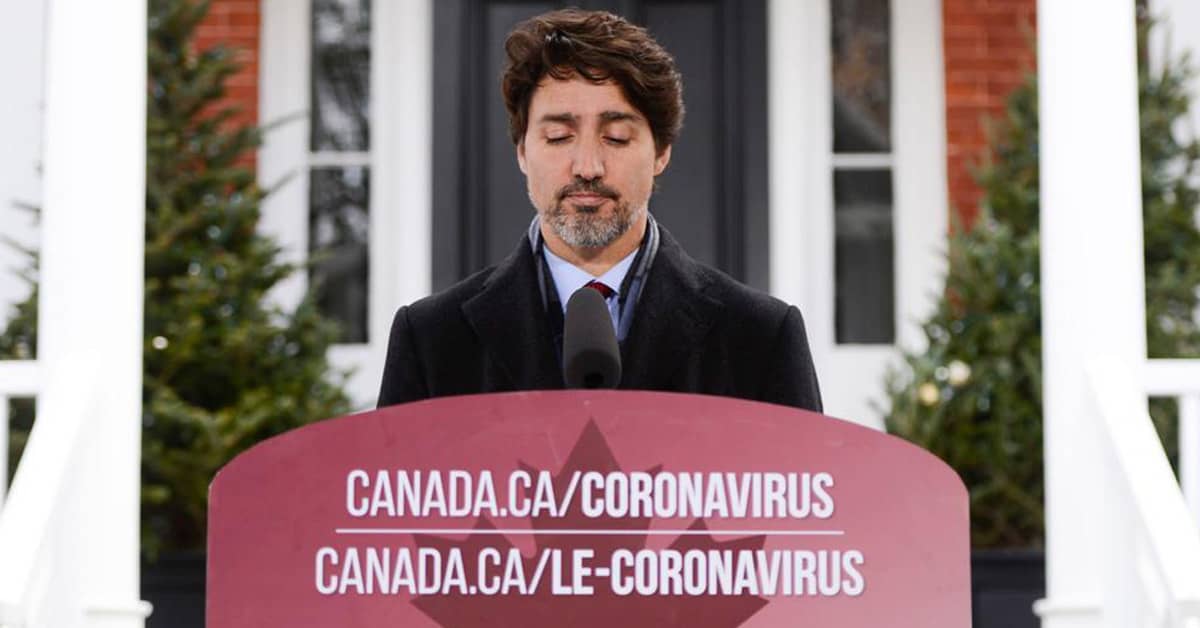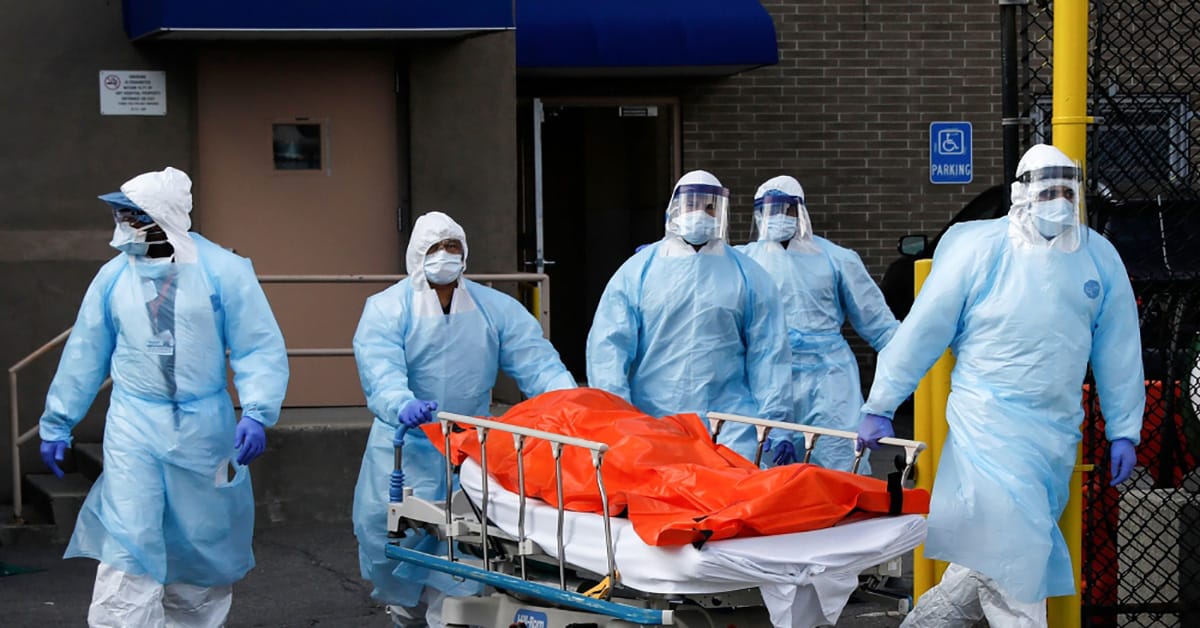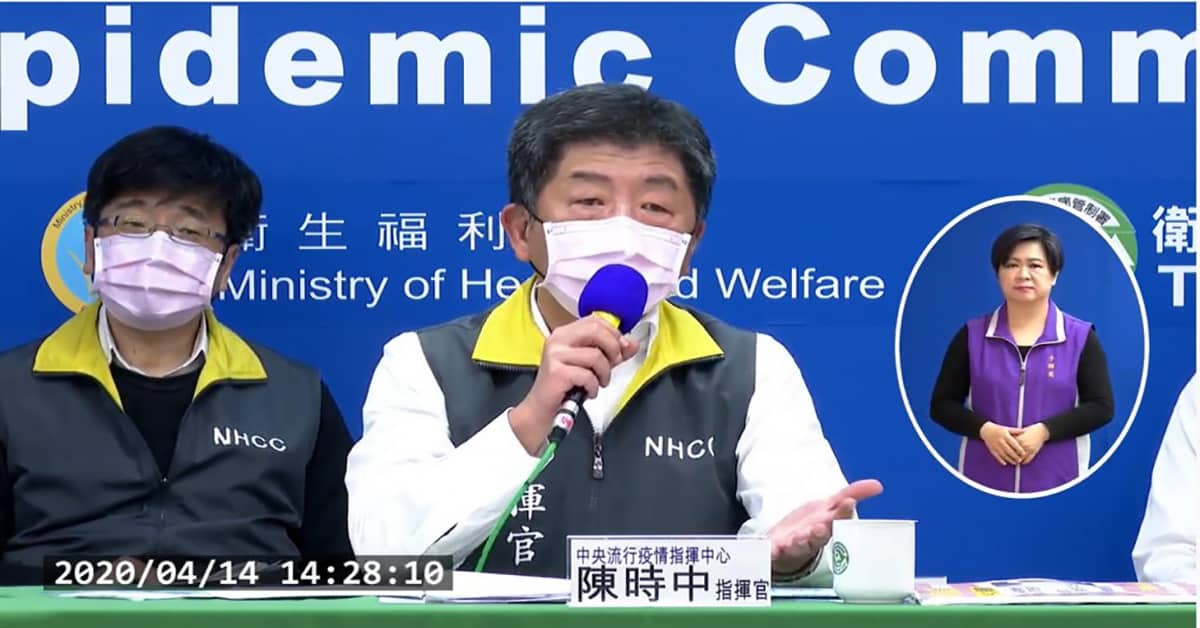Ohio plans random tests to determine how many people have coronavirus!
Based on the latest update, the Ohio Department of Health is now planning to randomly test their population; which could help to provide more details on the coronavirus spread. Read more below!
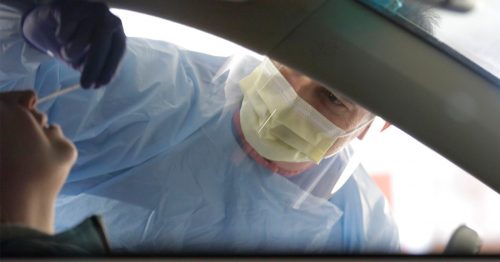
Ohio plans random tests to determine how many people have coronavirus!
Many stated in the U.S. are now facing a big problem: a significant lack of medical gears and testing kids. In Ohio, the shortage has blocked its officials from estimating how many citizens have contracted the virus. For now, they have closed all schools, restaurants and bars as well as given order for people to stay at home. With no available vaccine and such a high rate of infectious, the state has raised a new idea to control the situation.
Last week, Ohio Department of Health Director – Dr Amy Acton – has announced that they have formed a new team to take on the effort. Firstly, the members include amateur epidemiologists. With technology equipment, they are going to start the process of studying 100 asymptomatic people samples. She claimed: “We’re trying to get a better sense of who’s out there, what’s going on in the general population,” she said.
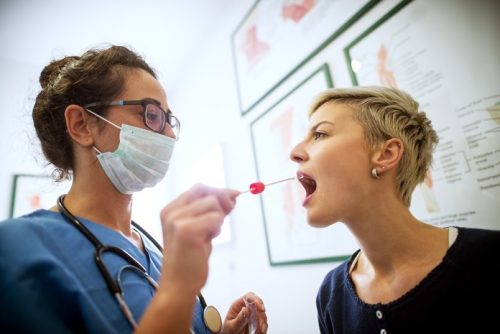
On the other hand, she didn’t share the specific date that the team would begin or complete the tasks. Additionally, Massachusetts is having a similar effort. They had partnered with Boston nonprofit Partners in Health; where around 1,000 people are to start contact tracing. Their strategy should help to pinpoint the source of contagion. After that, all the people who have been in close contact with them will be tested. “We’ve also talked to some of those same people. I think that will help us understand a better picture of who is truly positive”- Acton claimed. To take the sample; then figure out how much of the general population has coronavirus, they will require modelling.
More projects
Finally, she also stated said that the state effort is separate from discussions she’s having with the Centers for Disease Control and Prevention. This is another project where they will send a team to rural Ohio – where testing capacity is limited, to get population data.

